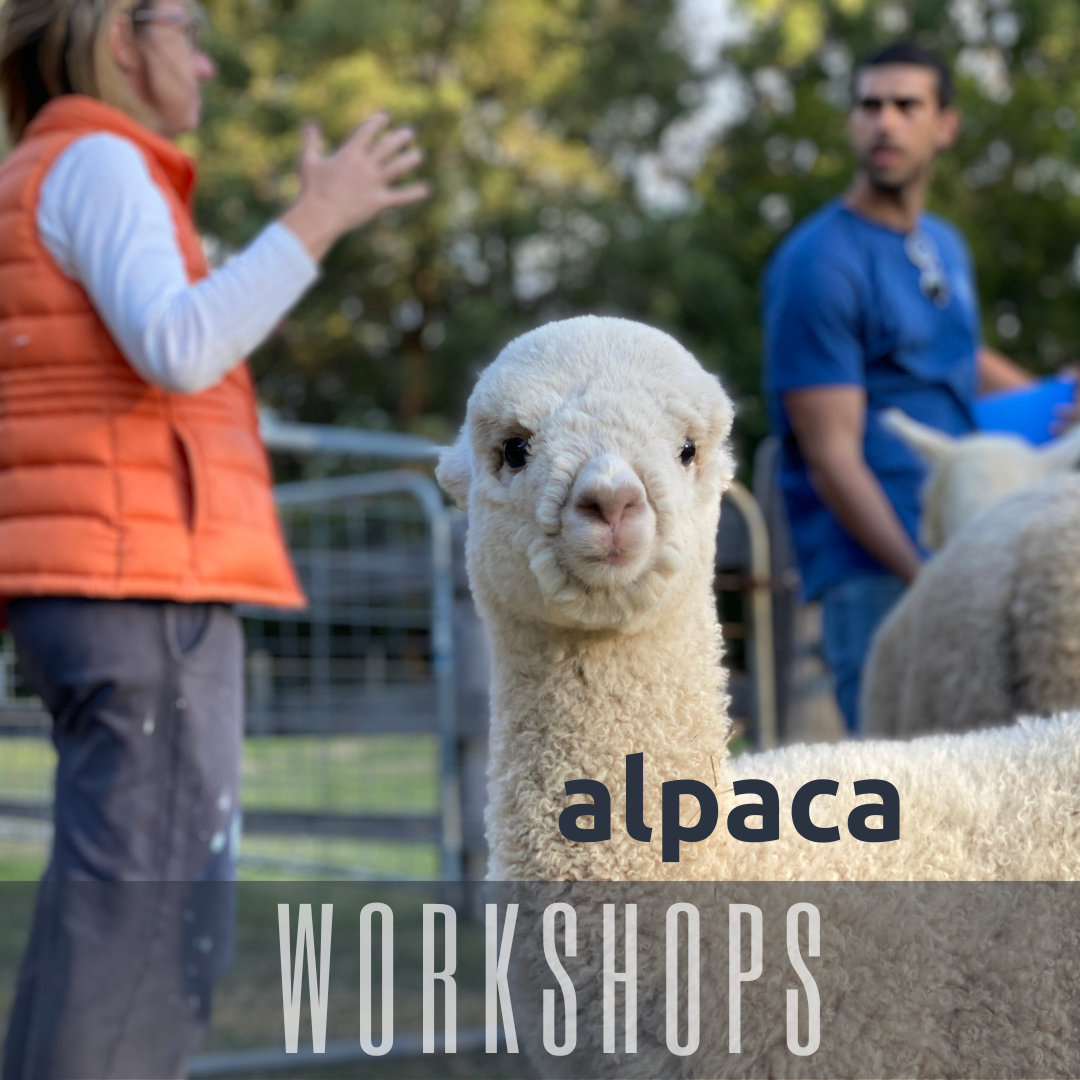We enjoy discussing all things alpacas. Here are some fascinating facts about these lovely creatures.
There are no wild alpacas – the alpaca is the domesticated version of the vicuña.
Alpacas live at high altitudes in the South American Andes.
Like cows and sheep, alpacas are ruminants.
Alpacas have soft pads on their feet, which do not churn up the ground like the hard hooves of cows or horses.
Alpacas are related to llamas, which are domesticated versions of the guanaco.
Llamas are commonly utilized as pack animals, while alpacas are primarily raised for their wool.
Vicuñas are descended from camel-like animals that evolved in North America then moved south roughly 3 million years ago.
Around 6,000 years ago, the Andean people started to domesticate alpacas.
There are two kinds of alpaca: the Huacaya and the Suri.
Suri has very long-fibered fleeces, and Huacaya has a shorter crimped fleece.
Alpacas are the smallest members of the camel family.
Alpacas, native to the Andes, are happy living at altitudes up to 4,800 meters.
Alpacas all over the world thrive on ordinary farmland.
99% of the world’s alpacas still live in South America.
Alpacas are highly sociable, gentle, and curious creatures.
Alpacas make really wonderful pets and can be trained fairly easily.
Alpacas are herd animals and don’t like to be alone. When their own kind aren’t around, they like to live with llamas, goats, and sheep but always want/need the company of their own kind.
Llamas and alpacas can breed, and their babies are called huarizo.
Alpaca wool (fleece) is incredibly soft and does not retain water. In fact, it’s the second strongest animal fibre after mohair.
If an alpaca is feeling distressed or threatened, it may spit at its fellow animal.
Alpacas are generally gentle animals and do not spit at or bite humans unless they are provoked or mistreated.
What is sour face?" When an alpaca spits, it results in a condition called "sour mouth". Sour mouth is identified by a loose lower lip and a wide open mouth. This occurs due to the stomach acids and unpleasant taste of the contents as they are expelled from the mouth. More importantly, it helps to settle disputes within the herd rather quickly.
Alpacas make a gentle mmmmmm humming noise when happy or when they are rearing their cria.
They emit a high-pitched sound when there is danger and stand on guard.
The members of an alpaca herd will all use the same communal dung pile, rather than defecating randomly. This helps to prevent the spread of diseases.
It's amusing to see female alpacas waiting in line for the communal dung pile as they prefer to defecate together.
Sun worshippers. Alpacas enjoy sunbathing by lying down on their sides and stretching out in the sun. It can be alarming to see them this way if you don't know what they're doing, as they may appear to have dropped dead.
When sun-worshipping, they are getting their natural Vitamin D intake.
Alpacas breed once a year naturally and give birth to just one baby.
The gestation period for alpacas is 11.5 months but may vary from 11 to 12 months.
A baby alpaca is called a cria.
Crias weigh about 6-9 kg when born.
In the high desert regions of South America, temperatures can get very cold during the night. To ensure the safety and well-being of their babies, mothers tend to give birth in the morning. This allows the newborns to have the entire day to dry off, start moving around, and nurse from their mother before the temperatures start to drop again.
Females can reproduce when they are fully grown, usually around 2 years old.
Males mature a bit more slowly, ready to mate at around two to three years old.
Alpacas can live as long as 20 years.
Thankfully, alpacas are not an endangered species.
Alpacas come in 22 colours, from a deep blue-black through browns and tans to white.
Some Andean people eat alpaca meat (We don't!).
In Peru, alpaca meat is a luxury food.
Alpacas don’t have teeth in the top-front of their mouths, so they sometimes can look a bit goofy.
Alpacas must be shorn once a year in spring before the hot summer weather begins.
You would require a PIC number to purchase alpacas for your farmland or acreage in Australia.
Join our alpaca workshop for a unique introduction to alpaca management. Perfect for small farm owners, get a starter guide to help you determine if alpacas are a good fit for your farm.
Daniela Riccio, owner, Little Valley Farm.
Established in 2012 in the Hunter Valley.

